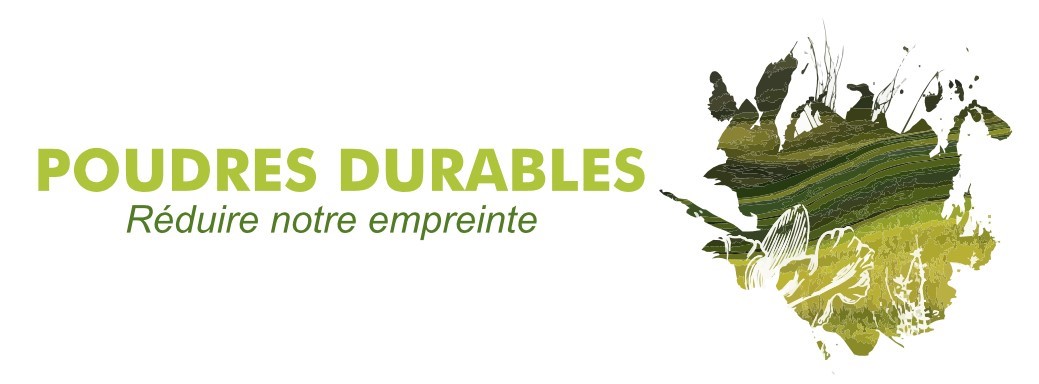THE BASICS OF GRINDING AND SEPARATING – Session in English
1.5 days – 10 hours
June 30 to July 1st 2026
Frais d’inscription
(déjeuner inclus)
€ 1195 (Excl. VAT)
R&D scientists and technicians , Process and production engineers
Objectifs
- Understand the fundamentals of grinding and separation processes
- Choose the most appropriate equipment for your applications
- Optimise process parameters to enhance efficiency and reduce costs
- Apply good practices to ensure stable and consistent production
Contenu pédagogique
This foundational training program introduces grinding and particle separation technique.It covers essential concepts such as the link between fragmentation and the raw material characteristics, and the relationship between grinding and granulometry. The course will also guide you on how to select the right grinding equipment, from R&D to industrial production, considering factors such as mechanical constraints, granulometry, and material type. You will explore different particle separation techniques, including sifting and classifying, and learn how to choose the appropriate equipment for your specific needs.By the end of the course, you will have the practical knowledge to optimize your grinding and separation processes, leading to improved production efficiency, consistency, and cost reduction.
Principles of grinding and its role in material processing
Relationship between fragmentation, raw material characteristics, and granulometry
Understanding particle size distribution and its impact on product performance
Overview of grinding equipment: from laboratory to industrial scale
Selection criteria for equipment (mechanical constraints, material type, target granulometry)
Fundamentals of particle separation: sifting, classifying, air separation
Equipment options for particle separation and their selection criteria
Integration of grinding and separation for process optimisation
Case studies and practical examples on improving efficiency, consistency, and cost-effectiveness
